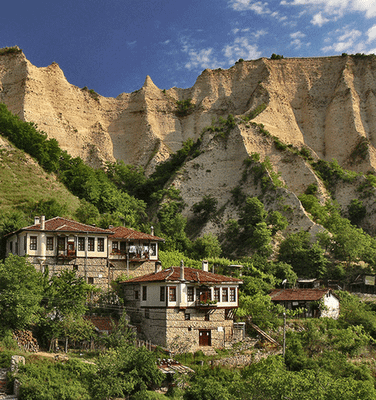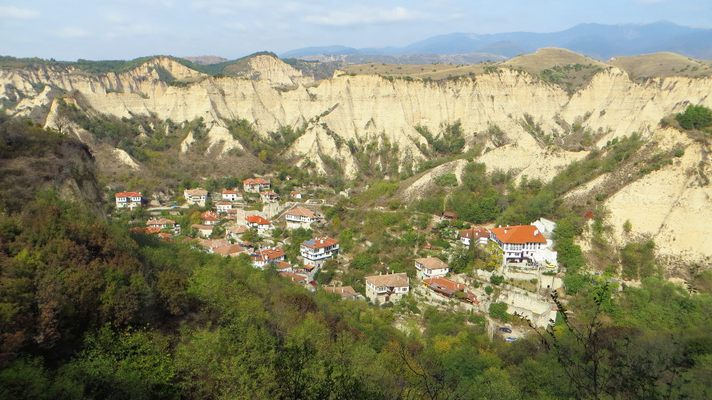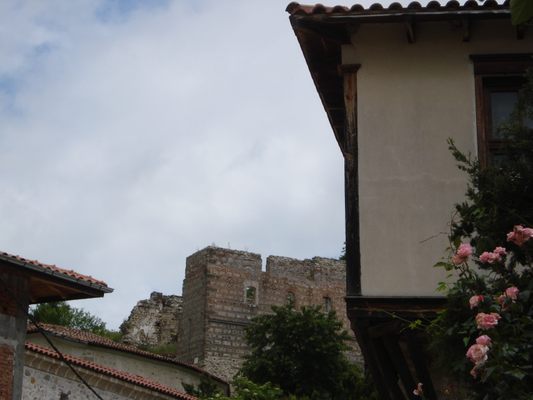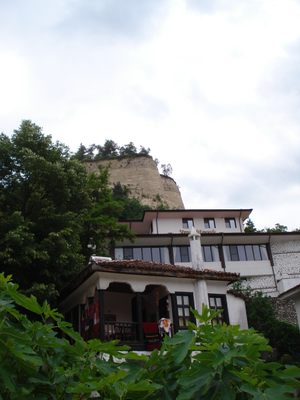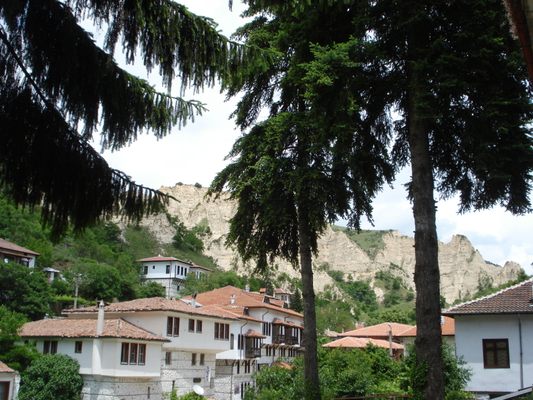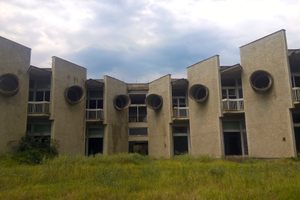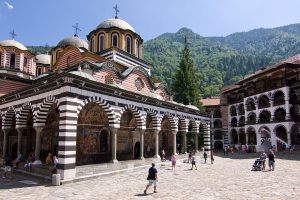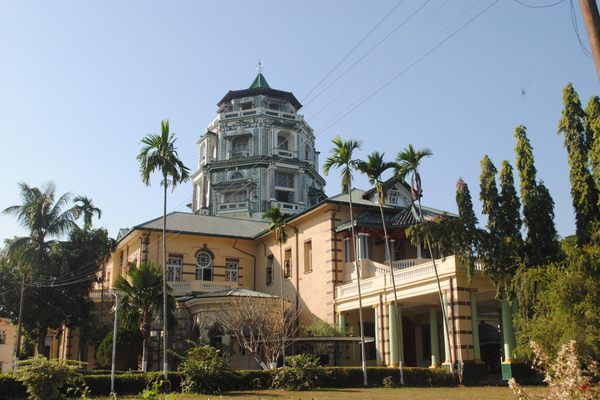About
You can see a lot in Melnik (Мелник). Sweeping mountain vistas, quaint city streets and picturesque valleys are all plentiful, as are fantastic markets and great bottles of wine.
But the most interesting thing you might come across is this number: 385. That’s the number of residents in this tiny Bulgarian hamlet, and many would say they’re 385 of the luckiest people on Earth.
Melnik is the smallest city in Bulgaria by a wide margin -- in fact, it’s only able to maintain its status as an incorporated city in somewhat honorary fashion, due to the city’s storied history. In fact, nearly 100 of its barely-more-than-that buildings are designated historic landmarks.
Founded more than 1,000 years ago in the 9th century, Melnik has changed hands numerous times as war swept Europe over the centuries, at different times belonging to the Bulgarian Empire, the Ottoman Empire, Bulgaria, Russia, and then Bulgaria once more.
The remote city is nestled in the Pirin Mountains, making both travel and residency difficult for citizens. The locals swear by this quiet and reserved isolation however, and visitors are quick to note the quaintness of the town, with its small cafes and old-world atmosphere instantly transporting tourists to something of a land that time forgot.
It’s no wonder then, that Melnik has developed a robust and celebrated winemaking tradition, that most ancient of crafts, and one which is perfectly suited for its agrarian surroundings. Of course, that wine is the main cash crop of the sleepy town and brings delight to the locals as well as visitors. Sir Winston Churchill reportedly ordered 500 liters of Bulgaria’s Melnik wine every year leading up to and through World War II.
Melnik is also famous for the medieval Rozhen Monastery (Роженски Манастир). The monastery is a ten-minute drive or a pleasant hike from Melnik. There are well-preserved frescoes, stained glass windows, unique carvings, and buildings from the many different historical periods in the life of the monastery. The Bulgarian Orthodox Church and the many monasteries it founded are still revered, if now little used by either monks or worshippers. That reverence is devotional, of course, for some, but throughout Bulgaria the monasteries remain compelling because of their crucial role in preserving and spreading Bulgarian literacy, culture and identity during five centuries of Ottoman rule.
The town is an architectural park and all newly built houses must comply with the Bulgarian Revival architecture. The most visited house is the Kordopulov House, a private museum. Beneath it the ruins of the family church St. Barbara are also worth a stop.
Of all once over 70 churches in town, only 3 are still functioning. One of the most important ones is the church St. Antony, the only one dedicated to this saint in Bulgaria. It's believed that mentally ill patients can cure themselves by spending several nights under the church's roof. Unlike most Bulgarian orthodox churches, the walls in this one are covered not in biblical scenes, but in more tranquil paintings of flowers and plants.
If visiting Melnik on a sunny day and you're up for a little hike, don't miss to go all the way up to St. Nicholas plateau. You'll find the magnificent ruins of several churches, monasteries and Despot Slav's fortress walls. The views to the magical Melnik Pyramids are breathtaking from there.
Related Tags
Know Before You Go
Melnik is about a 2-1/2 hour drive due south of Sofia. There is a regular afternoon bus from Sofia to Melnik passing through Sandanski. It leaves from the Sofia bus station (just across from the Sofia main train station) and takes about four hours.
Community Contributors
Added By
Published
July 2, 2012



